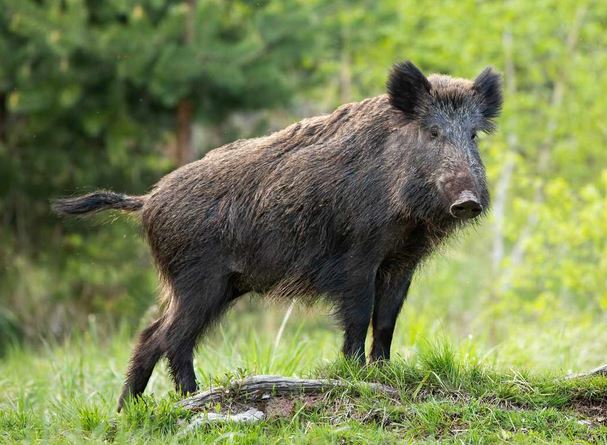From UPSC perspective, the following things are important :
Prelims level: Wild Boars, Vermins under Schedule V.

Why in the News?
- The Tamil Nadu government has approved the controlled hunting of wild boars causing distress to farmers near forest areas.
- Presently, Wild boars are NOT listed as Vermin under the Schedule V of the Wildlife Protection Act, 1972.
About the Farmers’ Conflict Resolution Committee
|
Zoning for Culling Operations
- Areas adjacent to reserve forests will be divided into three zones:
- Zone A: Within one kilometre from forest limits.
- Zone B: One to five kilometres from forest limits.
- Zone C: Beyond five kilometres from forest limits.
- Restrictions: Shooting of wild pigs is prohibited within five kilometres of the reserve forest (Zones A and B).
- Scientific Approach to Culling:
- Scientific Methodology: The shooting of wild boars must adhere to a scientific approach, considering the intensity and frequency of conflict incidents.
- Expert Concerns: Experts highlight the ecological role of wild boars and caution against indiscriminate killing.
About Indian Wild Boar
| Details | |
| Scientific Name | Sus scrofa cristatus |
| Habitat and Distribution | High grass, bushes, forests, high crops, dense forests, grasslands, scrublands, agricultural areas; Indian subcontinent, various altitudes from sea level to mountains |
| Behaviour and Social Structure |
|
| Diet |
|
| Reproduction |
|
| Ecological Role |
|
| Conservation Status |
Proposed reclassification to Schedule V (vermin) due to agricultural damage. |
| Present Culling | Section 11-B (1) of the Wildlife (Protection) Act, 1972 allows the Chief Wildlife Warden to issue special orders to kill dangerous wild animals. |
Back2Basics: Schedule III of WPA, 1972
Species Listed in Schedule III: As per the latest available data, the following are examples of species listed under Schedule III of the Wildlife (Protection) Act, 1972:
Legal Provisions:
|
PYQ:[2017] In India, if a species of tortoise is declared protected under Schedule I of the Wildlife (Protection) Act, 1972, what does it imply? (a) It enjoys the same level of protection as the tiger. (b) It no longer exists in the wild, a few individuals are under captive protection; and now it is impossible to prevent its extinction. (c) It is endemic to a particular region of India. (d) Both B and C stated above are correct in this context. |
Get an IAS/IPS ranker as your 1: 1 personal mentor for UPSC 2024
